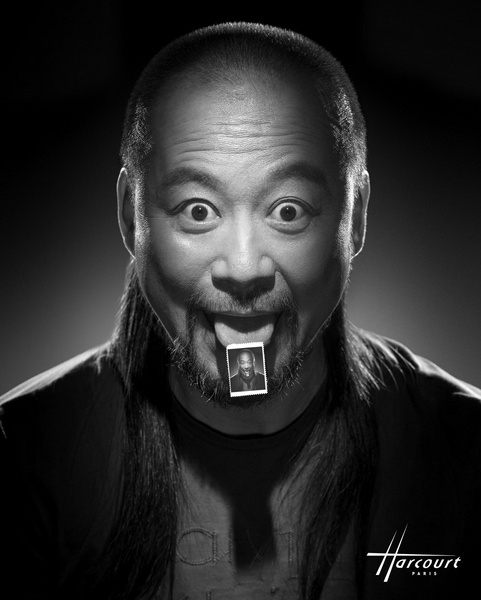
Contemporary Chinese artists have found popularity overseas, but their work remains unknown in most of China. Su Zhou and Luo Wangshu report.
Chinese contemporary art seems to be entering its springtime. Overseas buyers - both individuals and institutions - have taken a keen interest in recent years, with work being snapped up and shipped abroad. And major Chinese cities too appear to have embraced it, with areas such as Beijing's 798 Art Zone providing a space for today's artists to be inspired and create.
 |
|
Cang Xin, one of China's most controversial art figures, says targeting problems is the nature of contemporary artists because "we are always thinking critically". Photos Provided to China Daily |
But Cang Xin, one of China's most controversial art figures, is not so certain that a golden summer awaits.
"High auction prices don't represent a boom in contemporary Chinese art because they are part of a bubble," says the 46-year-old.
He was among the first contemporary artists to use space in 798, but he decided to leave because it had become "too commercial".
The bubble Cang sees in the foreign market, he says, has been stimulated by China's years of reform and opening-up. "People from overseas are still curious about the real China, which they probably can't find on the news, television or in literature. Contemporary art, unlike mainstream culture, reflects a piece of China they are interested in."
Cang's serial work Identity Exchange (2004), dealt with the rapid changes in Chinese society brought about by economic reform. For it, he collected photographs of himself wearing the clothes of other people, from all walks of life.
The work, which captures profession, social status and identity at a particular time in China's development, was popular with overseas audiences.
Cang's other work, which includes performance art, paintings, sculptures, installations, videos and photography, has also grabbed the attention of collectors abroad. Red Mansion Foundation in London, Partner for Art Foundation in New York and the Czech Prague International Museum all display his artwork.
Many examples show a respect for nature. There are also influences of shamanism and Cang's experience of travel to the northern territories in Australia, where he says he once witnessed local people playing music at home which drove out flies "like magic".
Talking with Cang, it is clear the path of a contemporary artist in China can be a tough one.
Cang, a Manchurian, was born in Inner Mongolia autonomous region and moved to Hebei province with his parents when he was 5. He moved to Beijing to pursue his dream of being an artist in 1992, settling in a village close to the city where many people lived by scavenging in rubbish dumps for things to sell.
"We could hardly afford to eat and were always looking for somewhere to scrounge a meal," he says.
"I was working at a photo agency, so I had a little regular income each month. We all borrowed money from each other and helped each other out."
